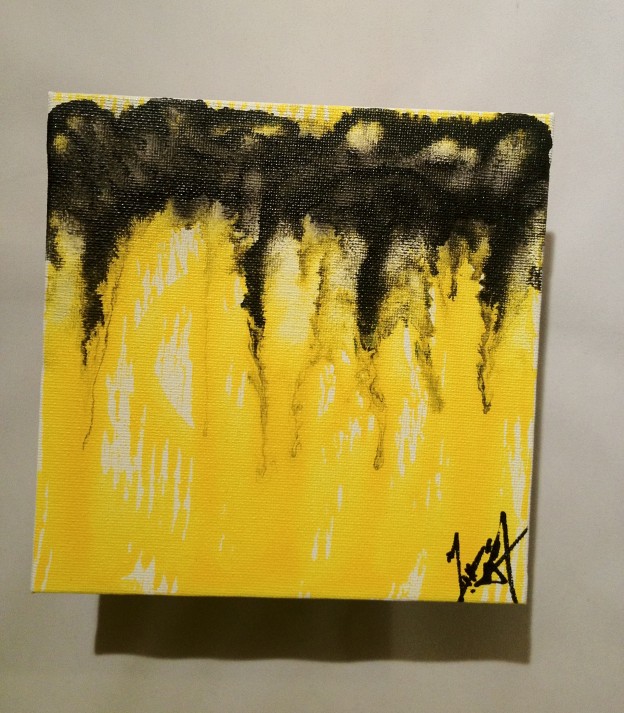“Of all the arts, abstract painting is the most difficult. It demands that you know how to draw well, that you have a heightened sensitivity for composition and for colours, and that you be a true poet. This last is essential.” — Wassily Kandinsky.
In its purest form in Western art, an abstract art is one without a recognizable subject, one which doesn’t relate to anything external or try to “look like” something. Instead the colour and form (and often the materials and support) are the subject of the abstract painting. It’s completely non-objective or non-representational.
A further distinction tends to be made between abstract art which is geometric, such as the work of Mondrian, and abstract art that is more fluid (and where the apparent spontaneity often belies careful planning and execution), such as the abstract art of Kandinsky or Pollock.
Also generally classified with abstract art are figurative abstractions and paintings which represent things that aren’t visual, such an emotion, sound, or spiritual experience. Figurative abstractions are abstractions or simplifications of reality, where detail is eliminated from recognisable objects leaving only the essence or some degree of recognisable form.
In Western art history, the break from the notion that a painting had to represent something happened in the early 20th century. Impressionism,Fauvism, Cubism and other art movements of the time all contributed by breaking the “rules” of art followed since The Renaissance. Impressionism saw painters not “finishing” their paintings. The Fauvists used colour in a non-realistic way. Cubism introduced the idea of painting an object from more than one view point. From all of these the idea developed that colour, line, form, and texture could be the “subject” of the painting.
Abstract Expressionism, which emerged in the 1940s, applied the principles of Expressionism to abstract painting. The action painting of Jackson Pollock, in which paint was dripped, dropped, smeared, spattered, or thrown on the canvas, is a good example.
In 1864 the critic Ernest Chesneau wrote that if the trend the Impressionists were setting continued, paintings would eventually consist of nothing but “two broadly brushed areas of colour”. What would he have thought of the art being produced 100 years later?

Leave a Reply
You must be logged in to post a comment.